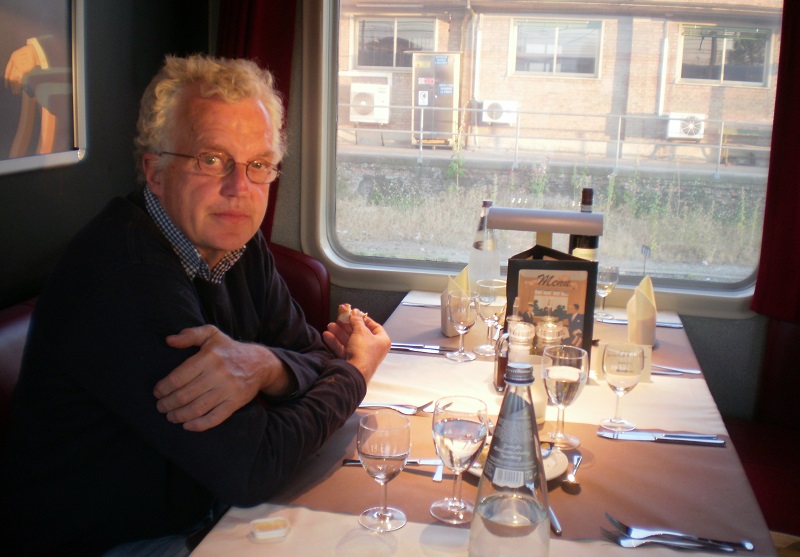Writing highly specialised history is perhaps the most demanding undertaking in the book world’s niche markets.
Take railways. The writer who includes too much close detail will be branded a trainspotter. The writer who depends too heavily on illustrations and photographs will be written off as a coffee-table artist.
That doesn’t mean there have not been some notable railway historians who have also been good writers. OS Nock and Michael Robbins spring to mind, and to their number must now be added Christian Wolmar, whose recent volume, Fire And Steam: How The Railways Transformed Britain, says all that needs to be said about British railway history.
Almost as if to show that he is not a one-trick pony, Wolmar has now extended his horizons to embrace the rest of the world. Blood, Iron And Gold employs many of the techniques that made Fire And Steam such a delight – the slick mixture of social and technical history and the unearthing of amusing anecdotes – but overall the result is not a complete success. In attempting to do for the world what he has already done for Britain, Wolmar appears to have taken one railway journey too many.
Partly it’s a matter of scale. Trains are trains wherever they are found, and one railway line is very much like another. Partly, too, it’s a problem of balance. Countries like the USA and India are much more interesting than most others. Indeed, Wolmar goes so far as to say that America’s development in the 19th century was more or less dependent on the creation of the railroads. Curiously, the first trains were pretty much class-less, with open carriages similar to those found on modern British and European trains. It didn’t last, of course. As the country prospered, the wealthy hired their own carriages and even trains and, in due course, segregation forced black passengers to use separate accommodation.
India, too, was changed inexorably by the construction of a system which bound together the three presidencies of the East India Company and allowed the subcontinent to be traversed by a massive network. Within 10 years of inception 2500 miles had been created, and that figure was doubled in the following decade. Facilities improved too, and Wolmar quotes one passenger enthusing over the delights of a journey by Indian train: “Soda water is offered to you just as you are conceiving a wish for it. Tea comes punctually at 6am. No sooner have you passed your hand over your stubbly beard, a barber appears to shave you in the carriage. You get ‘a little breakfast of eggs and bacon with bananas and orange at eight, a delightful tiffin [light lunch or snack in India] in the heat of noon, and a good dinner at sunset.'” Compare that to today’s fare on your average intercity train, and despair.
Good though this is – and you don’t need to be an anorak to enjoy Wolmar’s fact-finding abilities – it does mean that other parts of the world get short-changed. Peru and Bolivia merit only a few paragraphs, even though their switchback and narrow-gauge systems are minor technological miracles which make light of the precipitous terrain. At its highest, the Andean line in Peru stood at 15,700ft and the locomotives were lucky if they managed to get up to 15 miles per hour. Initially passengers were considered to be a nuisance and something to be avoided. Wolmar wryly notes that, unlike freight, they complained about the bumpy ride and required “emergency oxygen to be provided because many invariably suffer from altitude sickness”.
Throughout the narrative, which careers along at a fair old pace just like the best trains, the template for the success of all this activity remains the opening of the Liverpool and Manchester Railway in September 1830. This was the moment when everything changed and railways were seen not just as a means to an end, but as a coherent and perhaps even lucrative activity. Quite rightly, given his earlier interests and his position as a leading transportation expert, Wolmar measures just about every global development against that historic event.
Not that he is overly patriotic about the development, but it does allow him to put the world’s railways in an understandable perspective. It also permits him to claim that “rail travel at its best is unbeatable” and still has a future. Despite the truncation and over-simplification which are perhaps inevitable in a project of this kind, Wolmar’s enthusiasm is infectious, and once again he has provided us with a rattling good yarn.
